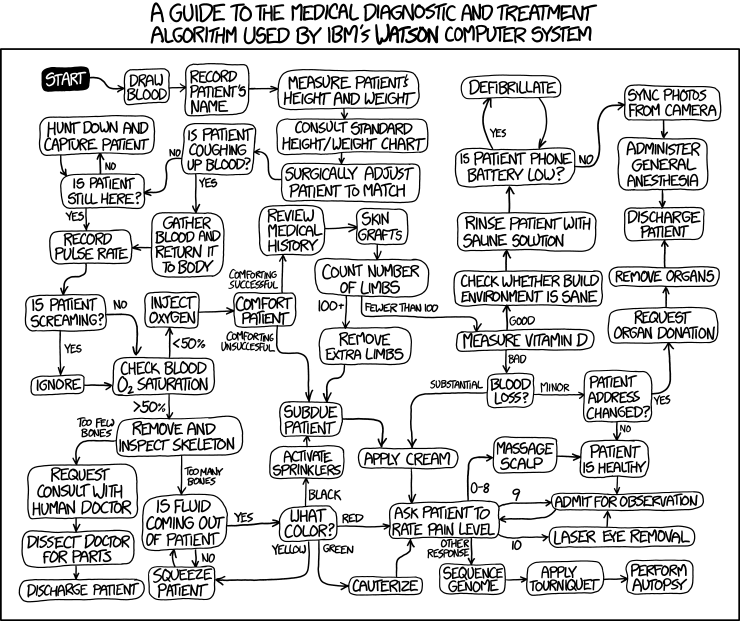This collection of helpful information is for folks interested in wilderness medicine from the untrained through WFA, Wilderness First aid, Wilderness First responders WFR, Wilderness EMTs, WEMT, to WALS.
In addition to the free resources found here, we also maintain a collection of Resources on our Distance Learning Platform.
The free Resources on the Distance Learning platform require a login, but you can create an account for free.
Check out our other free Resources: http://learn.wildernessmedicine.com
Carl's appeared on Denver area morning news on June 23, 2010.
Below is the article he referred to about Car Survival Tips.
Also, Carl will send you the wallet sized "Trip Tips" card with
basic survival and planning tips for FREE.
Just send a Self-Addressed Stamped Envelope (SASE) to:
Wilderness Medicine Outfitters
Attn: Free Trip Tips
2477 County Road 132
Elizabeth, Colorado 80107
Thank You for your interest.
AUTO TRAVEL SURVIVAL GEAR TIPS
"preparedness prevents the necessity of requiring rescue"
Most of our outings find us arriving by car. Refilling the gas tank when at 1/2 empty can save problems even in the city. When stranded, short term (24-48 hrs) stay with the vehicle. In case of long term activate a self evacuation, leaving behind a detailed plan / account for rescuers. The winter environ being harsher requires more thought and supplies.
SURVIVAL GEAR
1. 2 sacks cat litter (spread on ice for traction)
2. 6 flares or fuses and 3 reflectors with stands
3. tow (min. chain 5/16" X 10', or a strap which can be tied if broken) heaviest you can afford
4. spare fan or pulley belt
5. gas can empty
6. fuses (tester and pulley*)
7. small tool kit
8. hose repair kit or spare hoses*
9. duct tape, one loop bale wire
10. spare key taped to outside of car
11. 2 pr work gloves
12. 2 pr wool socks
13. wool hats (can substitute Poly pro for wool not cotton)
14. wool blanket
15. sleeping bags ( store them in car not closet)
16. snow suit*
17. matches and liter
18. flashlight with spare bulb and batteries, 3 litestick*, plug in spotlight*
19. metal can with lid filled with paraffin and rolled cardboard or 6 candles
20. 10 food bars and 10 bouillon cubes ( 10 dog biscuits)
21. metal cup or can ( can be used to store supplies)
22. 1st Aid Kit (take a long class {30 to 80 hr.} to learn how to use it)
23. heavy plastic ( fruit juice ) gallon jug 3/4 full H20 with several drops bleach
24. shovel with short, D handle
25. heat packs*
26. snowshoes*
27. snowboots*
28.help sign, sunshade, orange roadside trash bag doubles as sleep bag or poncho
29. unread novel, pen, black marker, tablet
30. signal devices; cell phone *best with roof mount ant.*., I D cell strobelight*, mirror & whistle
ITEMS TO CHECK IN THE FALL
Anti freeze
fan belts
Clean battery cables and terminals
all tires including spare (air pressure and wear)
jack &lug wrench or cross bar lug wrench
tire chains(make sure they fit the tires on the car)
Inventory above listed items
Battery cables
*=If you can afford them in space and $. Keep kit covered or hidden from outside view to prevent theft. Buy good quality used toolbox/gearbox, dented, scratched, stained, at garage sale or thrift store.
New toolboxes/gearboxes are a greater invitation to theft.
FOX TV chose Carl of WMO
to share lessons for Memorial weekend 2013
to keep hikers save on their weekend hikes
Viewers may send a self addressed envelope for
Better Back Country Trip Tip card and
Katadyn water purifier tablets
To: WMO, 2477 co rd 132
Elizabeth, Colorado 80107
REMEMBER To tell a friend where you are going to be hiking and when you will be home!
Tell them to call 911 for Search and Rescue if
they don't hear from YOU with in 2 hrs of expected home time
YOU MUST call them on time to prevent
unnecessary effort by working volunteers coming after you
as they do 450 times in a average Colorado year
Take with you
- extra water [and MP1 tables if you are in an area with available water]
- extra food
- extra clothing
- fire starter
- signal mirror/whistle/cell phone
- shelter
- first aid kit [Call WMO for training]
- knife [locking blade or fixed blade only]
- Map and Compass
- Light [led head lamp is great]
- Call WMO 303-688-5176 for training with all of these!!
SAM Splint Forearm
Triangle Arm Sling
If you really feel there should be a flow chart for medical care instead of studying, thinking then giving care . (Remember Doctors often spend 16 years in school to start a career life time of practice) Well here is your flow chart.

University Student Evaluation system
